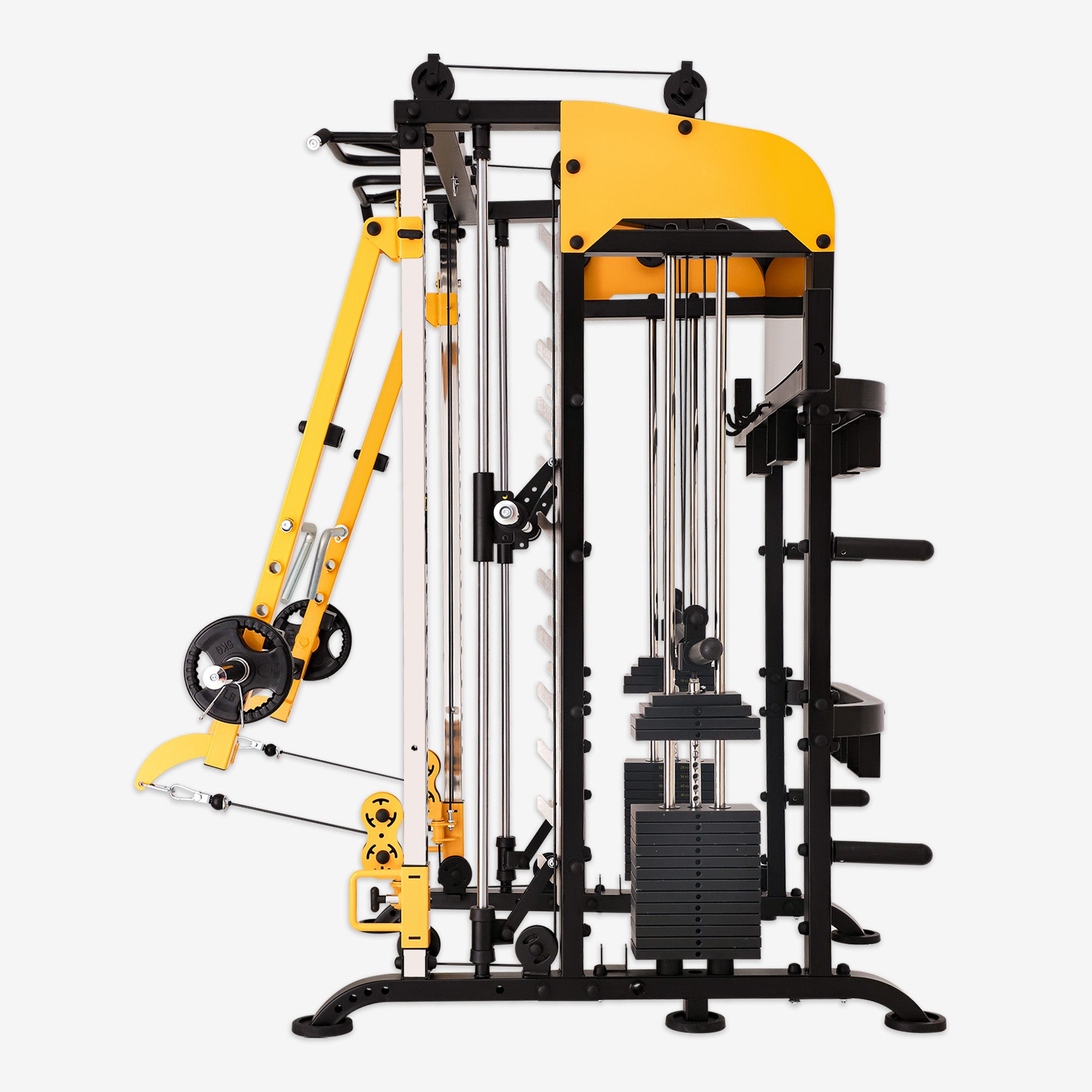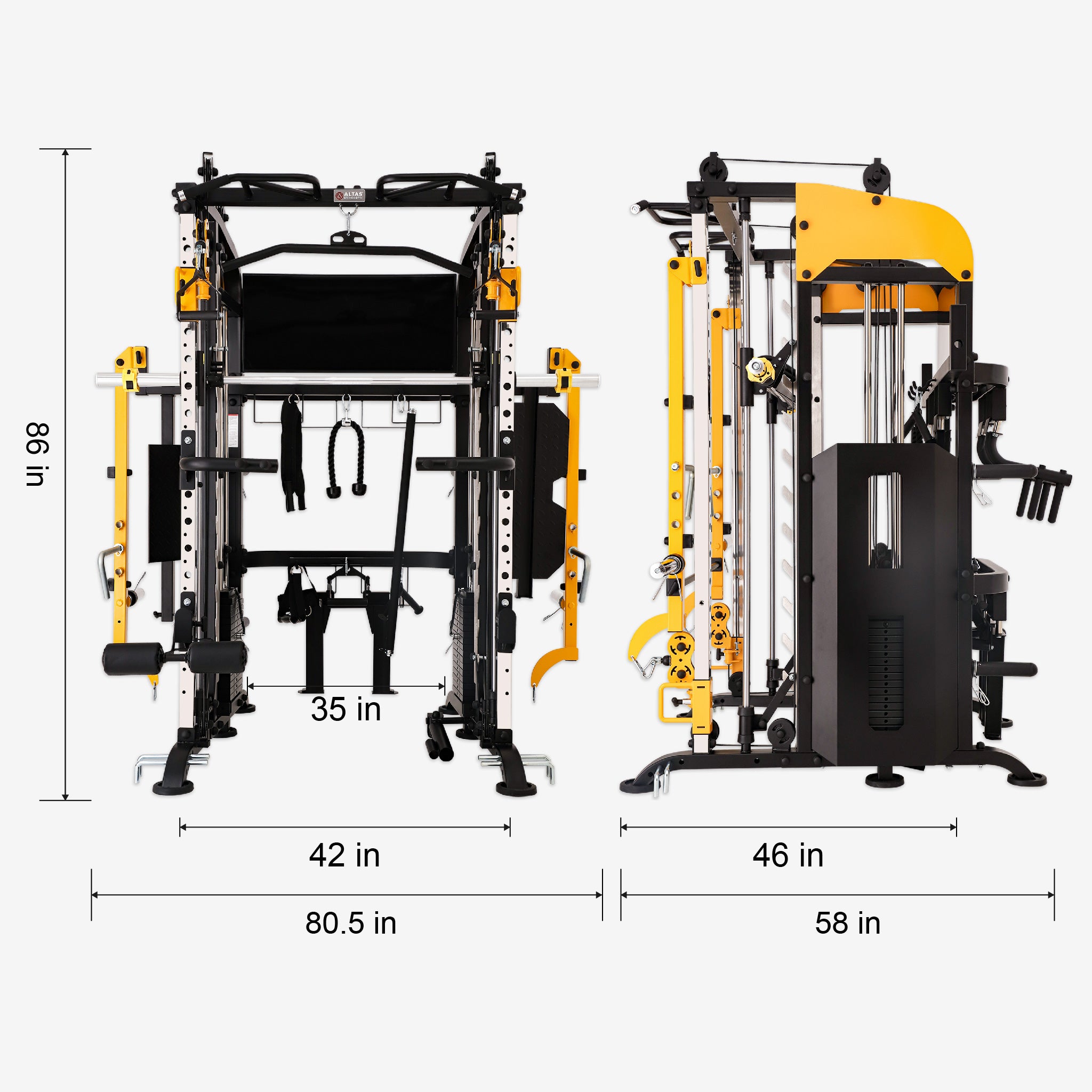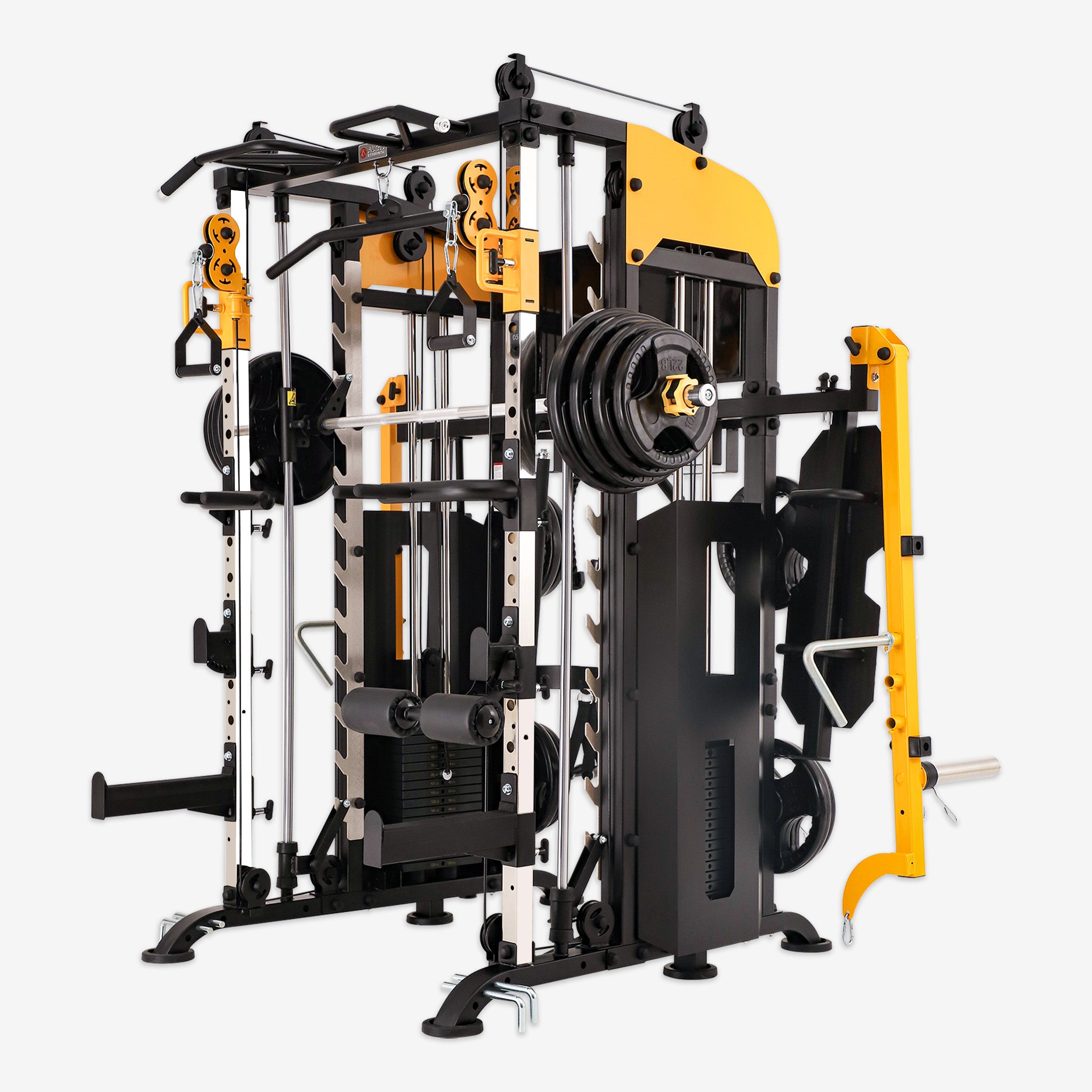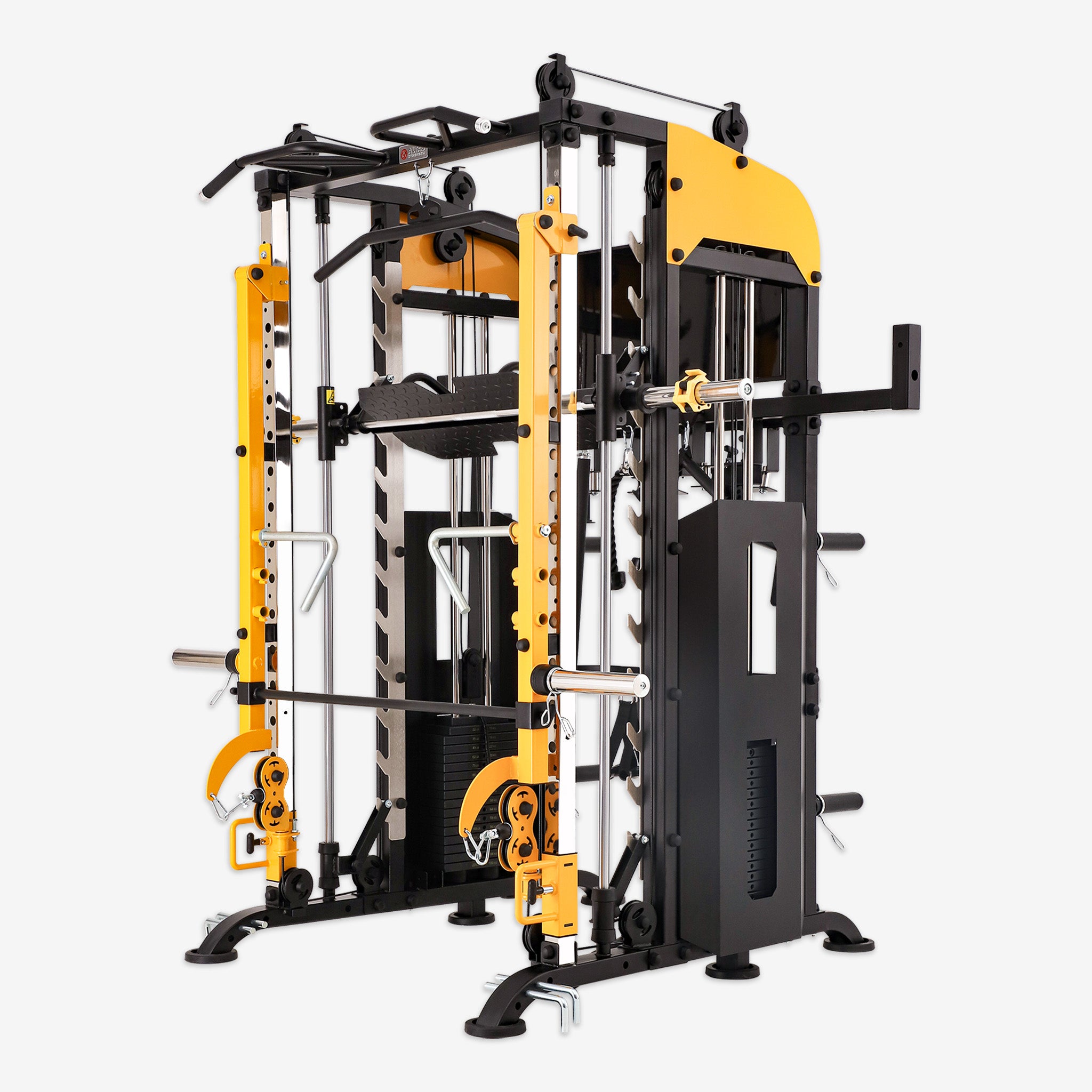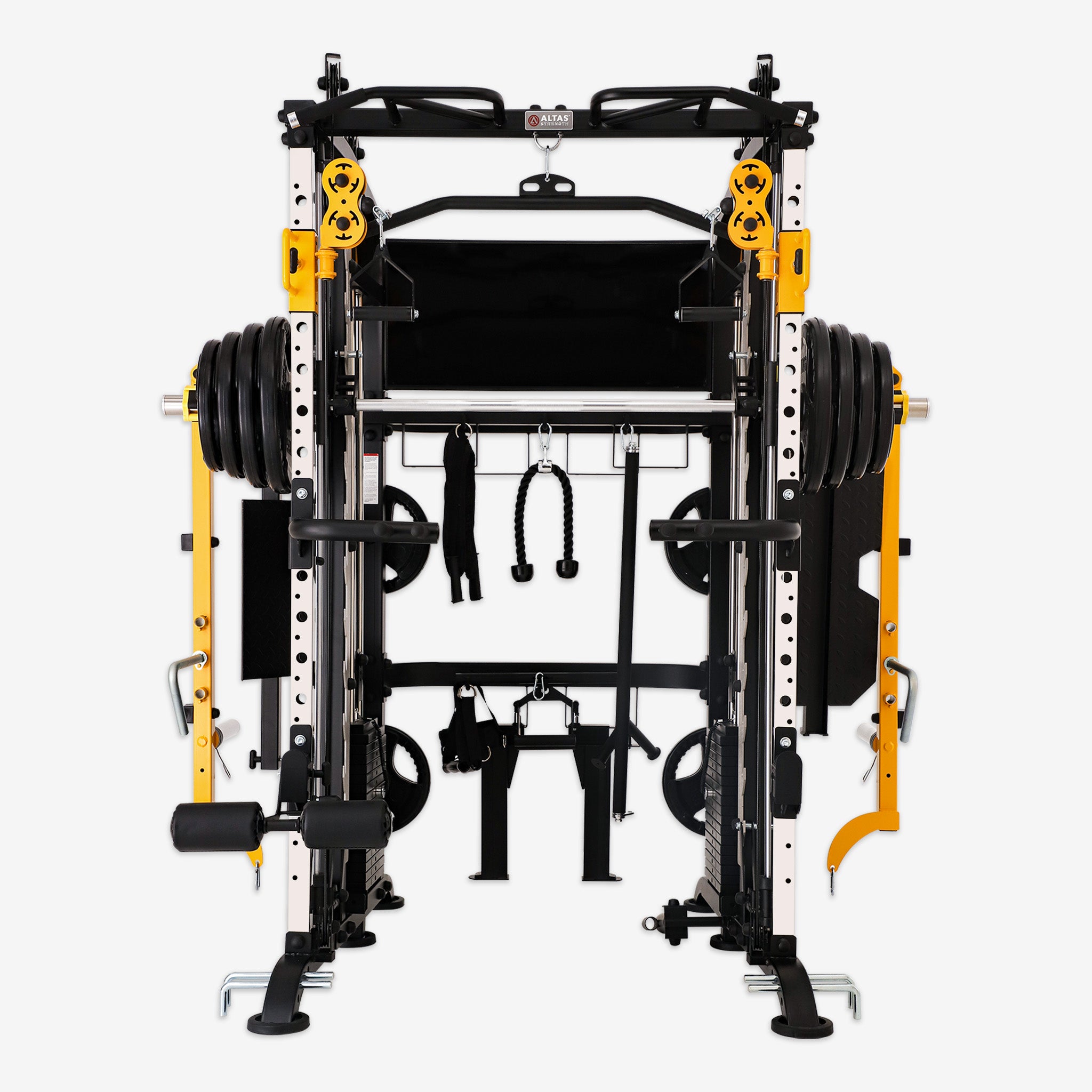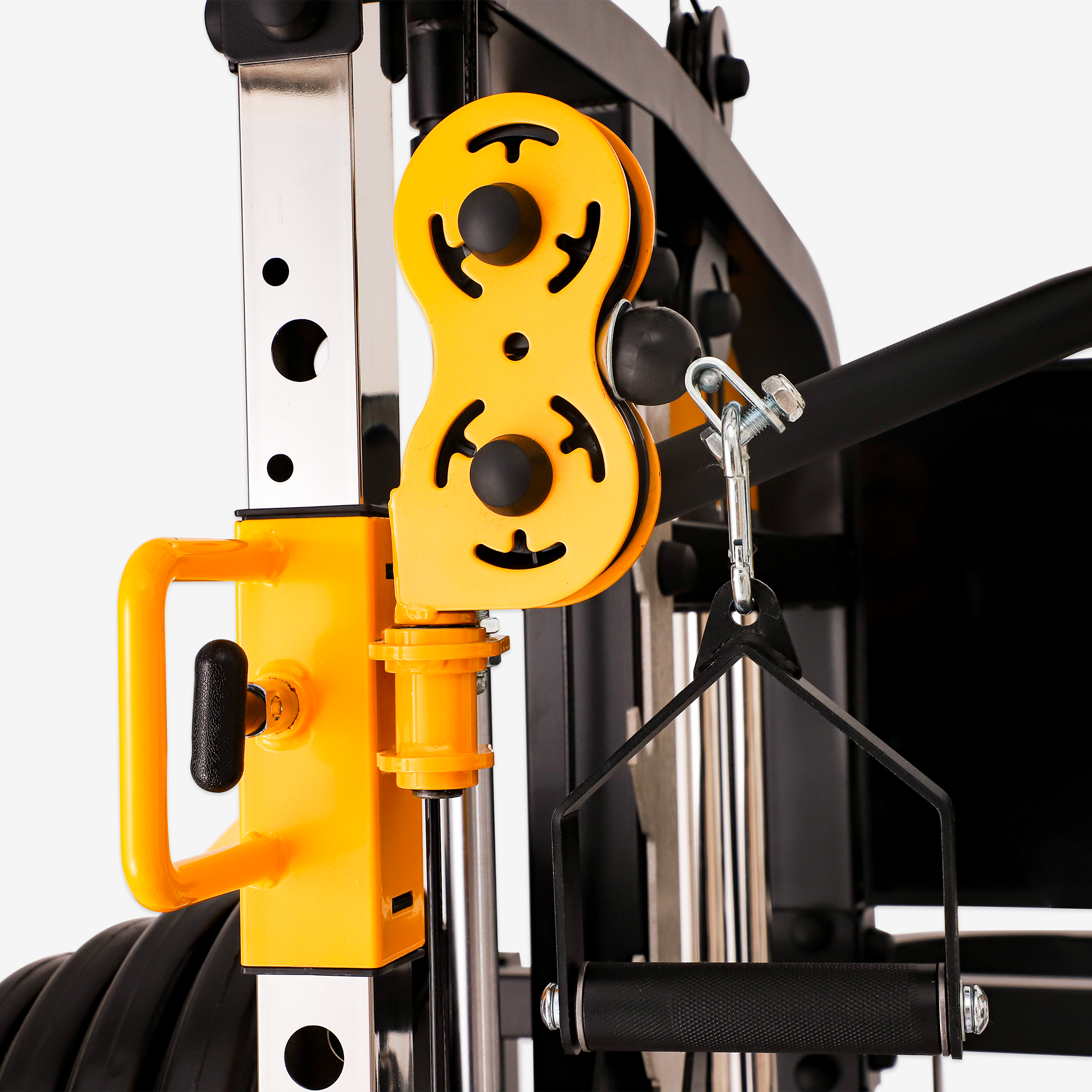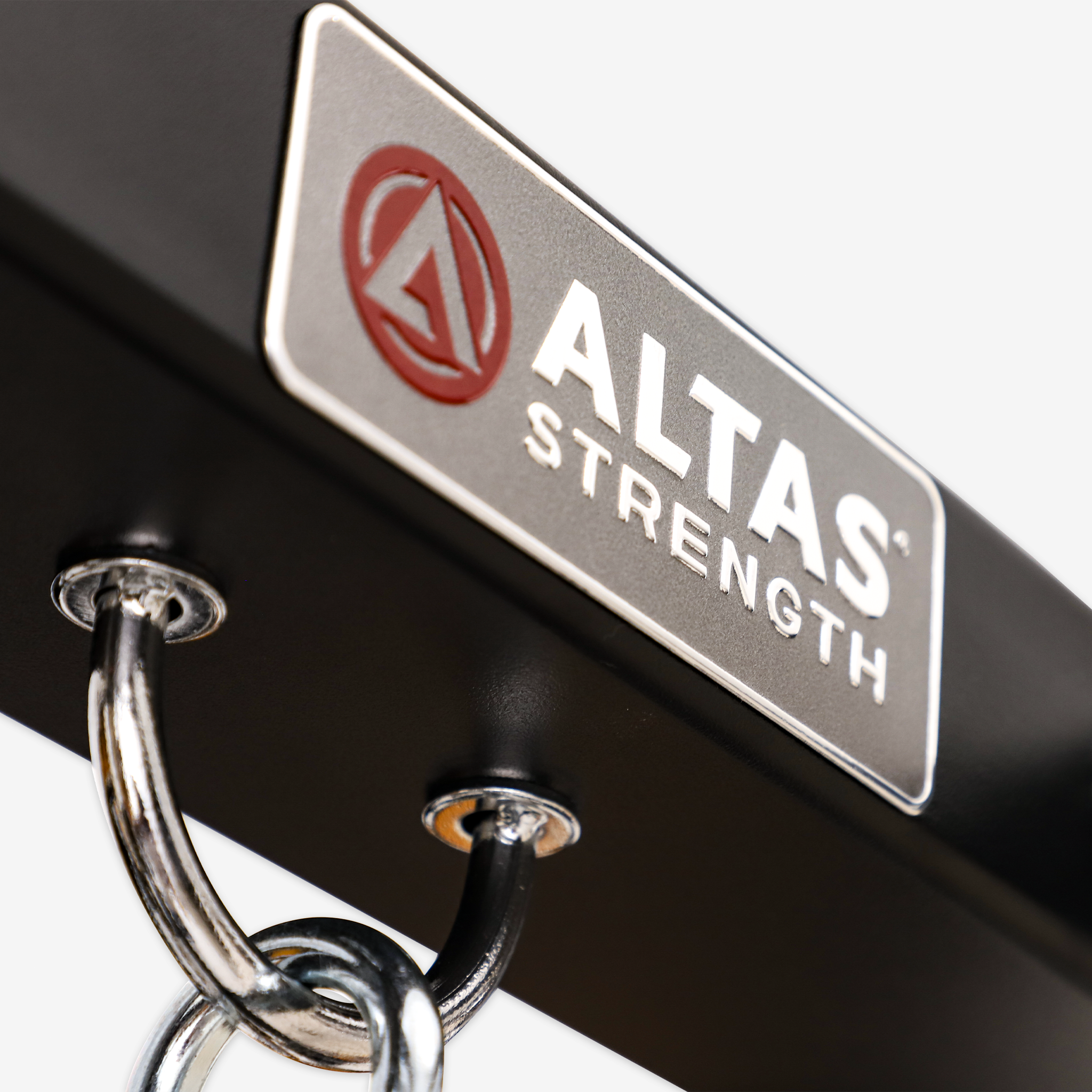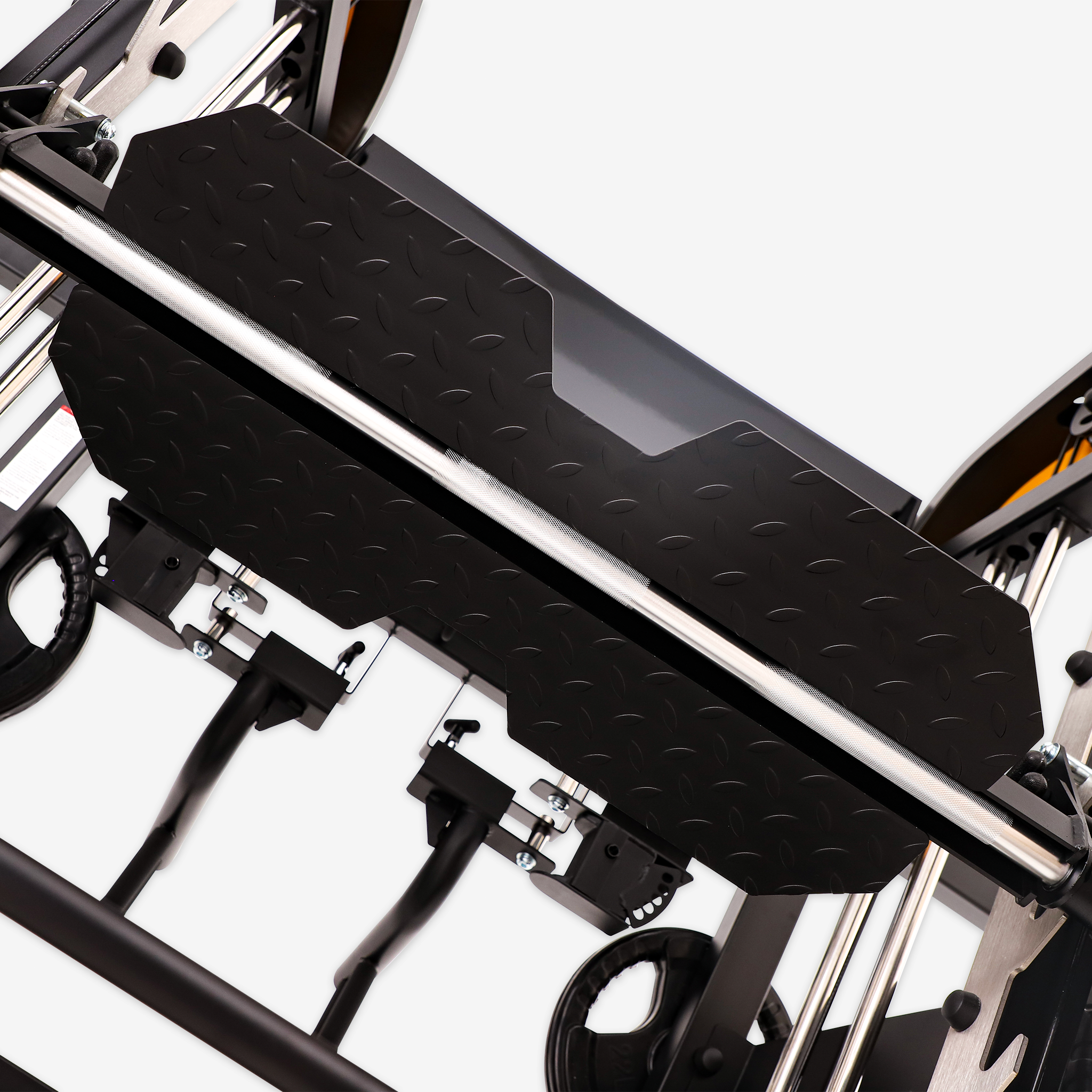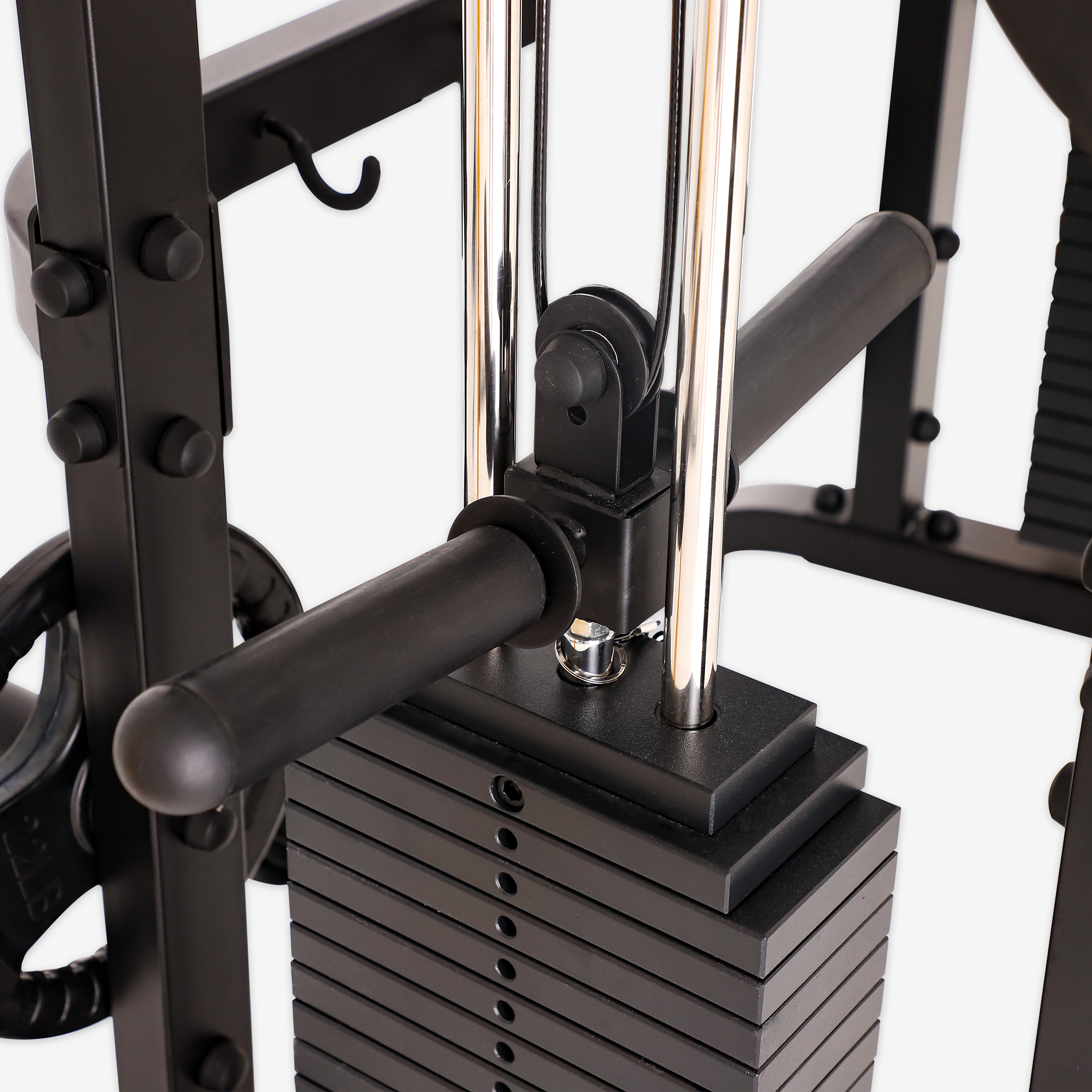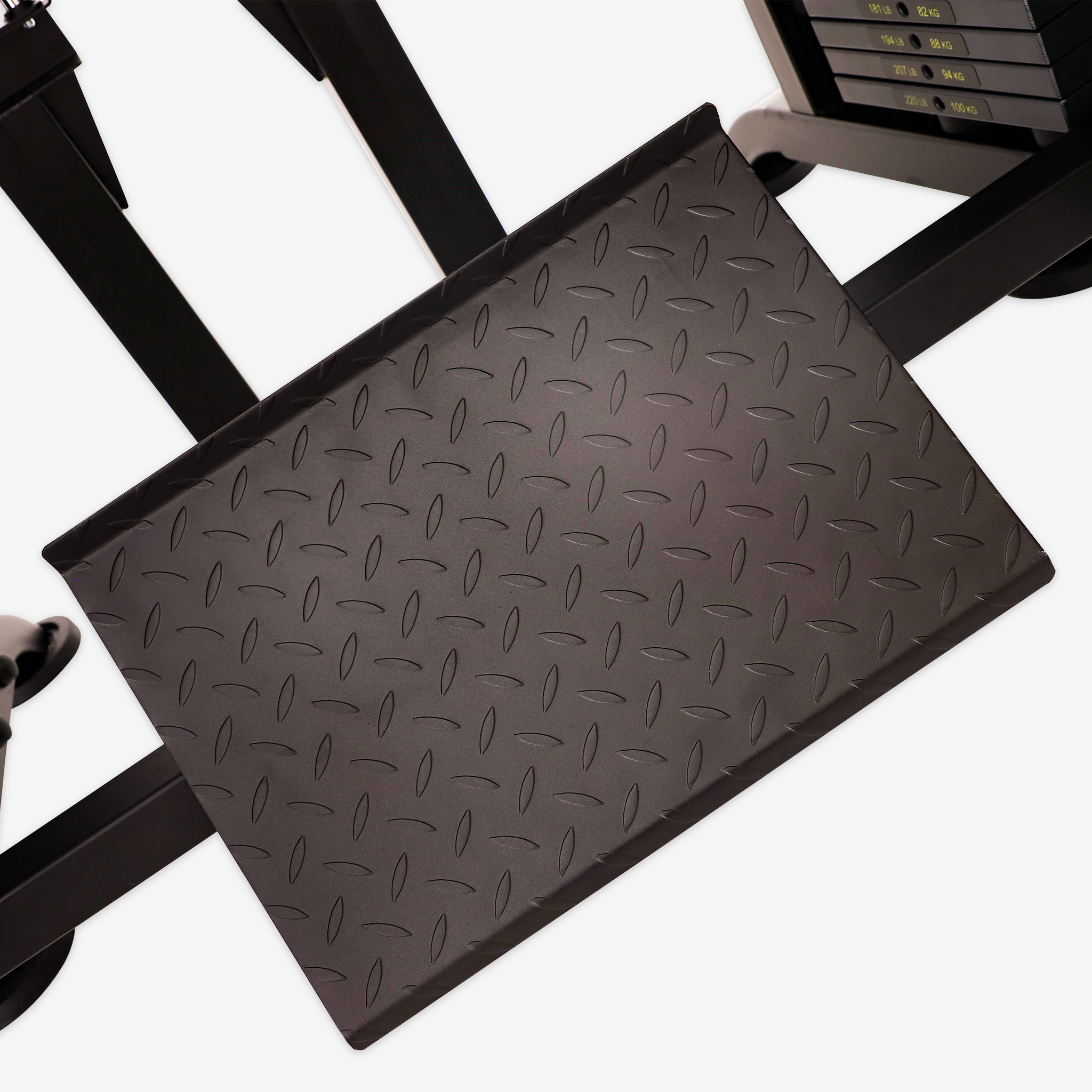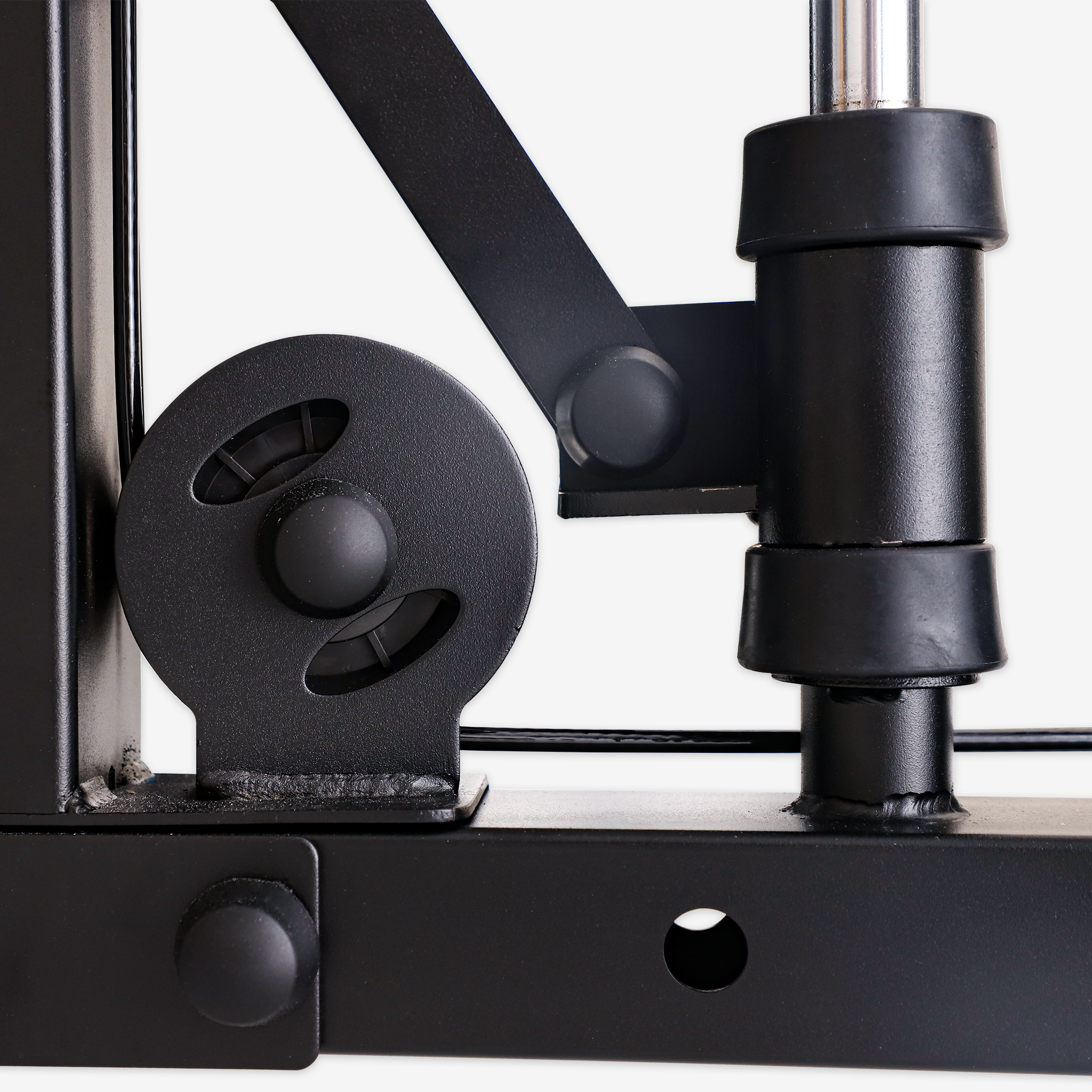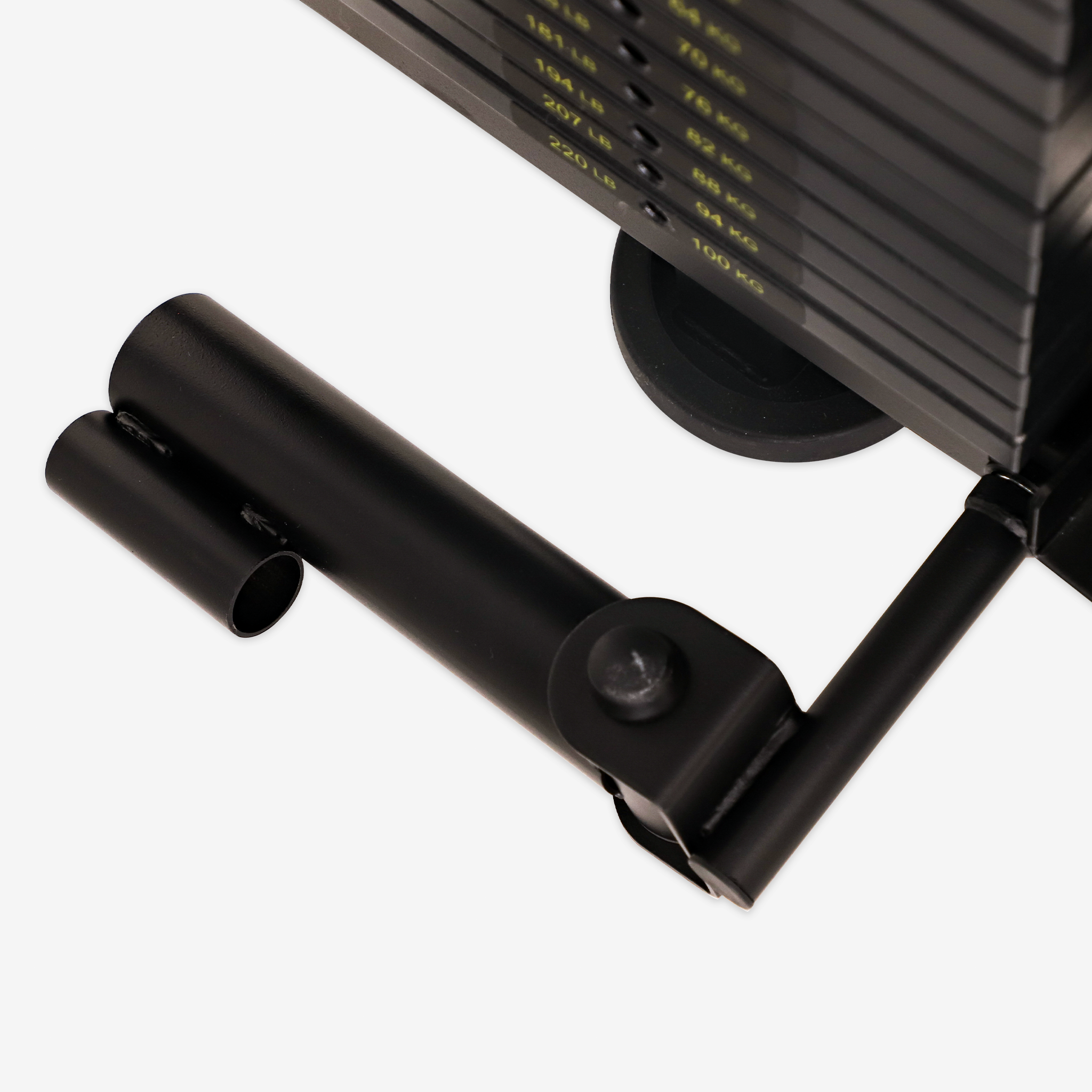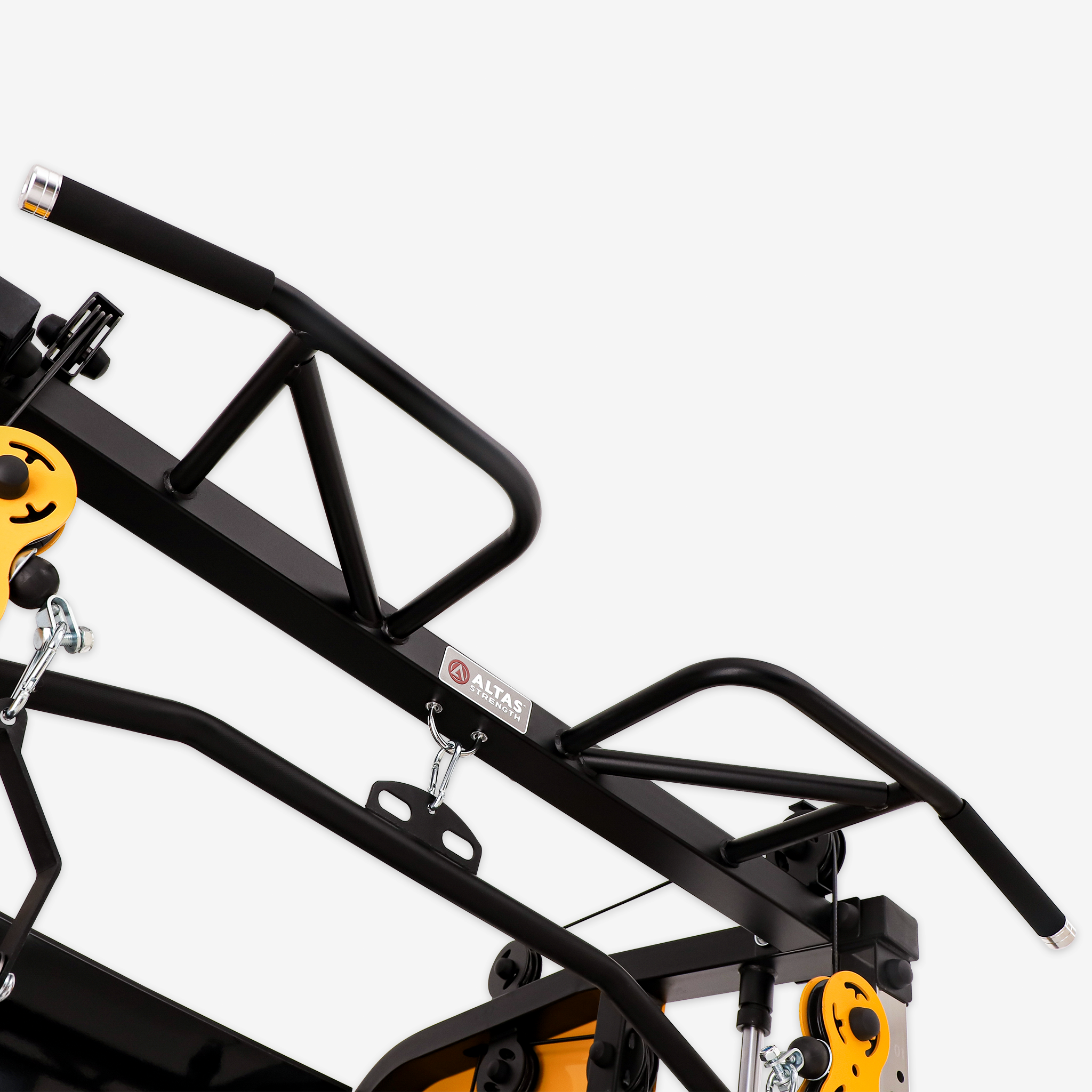Among the myriad pieces of fitness equipment, the squat rack stands out, earning the title of "King of the Gym" due to its distinctive role. More than just a simple frame, it is a potent tool that aids in comprehensive exercise for multiple body parts and enhances athletic performance. This article delves into the importance of the squat rack, proper methods of its use, and its broad application in fitness training.
The Importance of the Squat Rack
The primary function of a squat rack is to support the barbell, enabling fitness enthusiasts to perform squats with greater safety and efficiency. Squats are a compound exercise that primarily targets the quadriceps, glutes, and lower back muscles, while also engaging other leg muscles such as the hamstrings and calves, along with the core’s stability.
Regular and proper squatting:
-
Increases muscle mass and basal metabolic rate.
-
Improves posture and lower limb strength.
-
Enhances overall stability.
The support provided by the squat rack reduces safety risks during training, offering a dependable platform for both beginners and seasoned athletes.
How to Use the Squat Rack Correctly
-
Adjust the Height: Tailor the height of the squat rack to match your stature. The barbell should be approximately at the middle of your chest for ease and safety when lifting and replacing the weight.
-
Inspect the Equipment: Ensure all components of the squat rack are secure, and the safety bars are set to an appropriate position to prevent accidents.
-
Standing Position: Stand directly under the barbell with feet shoulder-width apart, toes slightly turned outward, maintaining balance throughout the squat.
-
Grip: Grasp the bar with hands slightly wider than shoulder-width apart, ensuring stability during the squatting motion.
-
Squatting Steps:
-
Remove the barbell from the rack.
-
Keep your back straight and eyes focused forward.
-
Lower your body until your thighs are at least parallel to the ground.
-
Push through your heels to return to the starting position.
-
Carefully return the barbell to the squat rack after completing the set.
-
-
Breathing Techniques: Inhale on the descent and exhale on the ascent. Proper breathing aids stability and control.
The Diverse Applications of the Squat Rack
Beyond traditional squat training, the squat rack can be employed in various other exercises, diversifying training regimens:
-
Front Squats: Position the bar on the front shoulders to engage the core and upper arm strength.
-
Overhead Press from a Rack: Targets shoulders and triceps, with the lifter standing in front of the rack to perform pressing motions.
-
Bent-over Rows: Set the bar at a lower height to target back muscles effectively.
-
Pull-ups: Adjust the rack height for pull-ups of varying difficulty, or use resistance bands for assistance.
Conclusion
The squat rack is a versatile fitness tool, indispensable for safe and effective squat training while broadening workout possibilities. For anyone aspiring to enhance overall physical fitness, mastering the proper use of the squat rack and integrating it into a training routine can yield significant benefits. The journey to fitness, marked by adept use of the squat rack, paves the way for a more professional and secure approach to achieving your goals.



